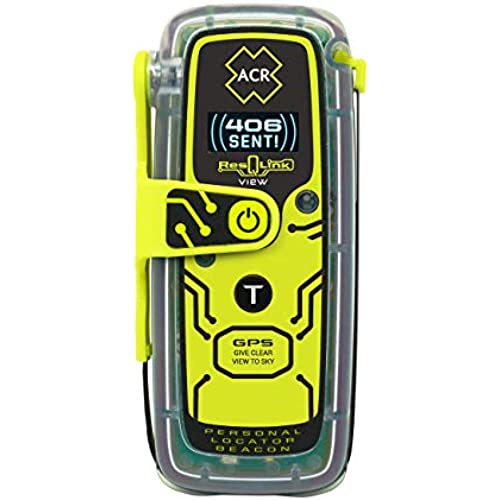
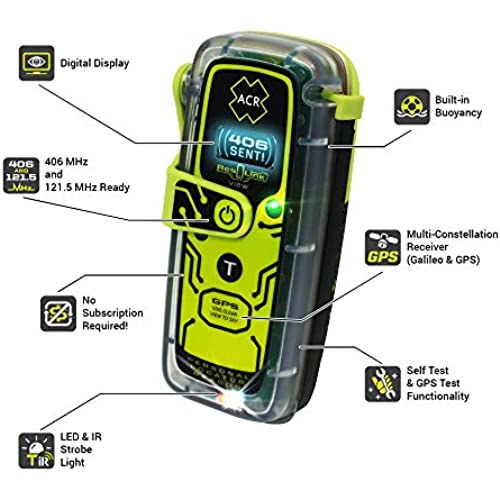
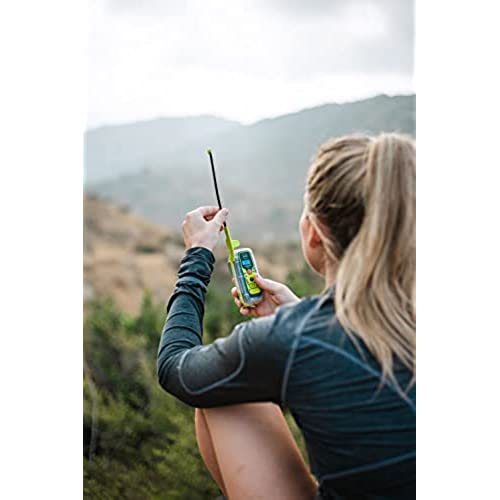


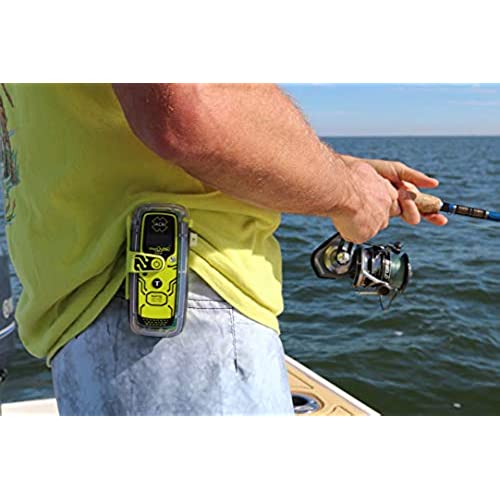
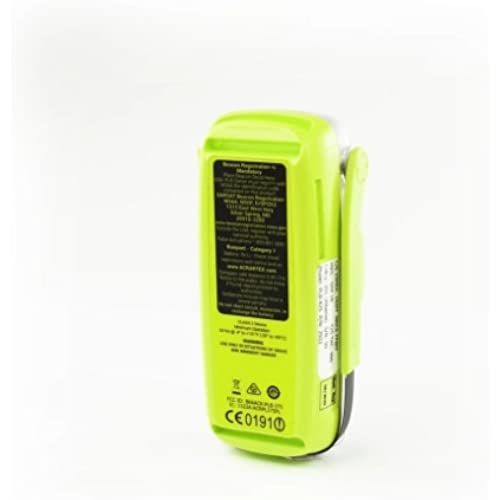







ACR ResQLink View - Buoyant Personal Locator Beacon with GPS for Hiking, Boating and All Outdoor Adventures (Model PLB 425) ACR 2922
-

Meerkat
> 24 hourGot this for Christmas. Registered the unit and tried to conduct their recommended Basic Self Test. Unit failed the Self-Test. I have contacted ACR. I will update this based on how they respond.
-

John Passarella
> 24 hourPurchased this to keep us safe when were out and about on our boat or someone elses.
-

Kindle Customer2
> 24 hourThe customer support is non existent. The unit is not locking onto GPS. Also they are charging more than the value of the unit to switch countries
-

Mohamed Fritsch
> 24 hourIf this saves our lives some day what price can you put on that!
-

CPR LifeLine
> 24 hourGood
-

Rick
> 24 hourExactly as advertised.
-

Peter H
> 24 hourReceived a brand-new sealed unit. Ran the self-test - failed immediately. ACR was initially very responsive, but then told me that all their stock is allocated to filling new orders and they dont know when they will be able to provide a replacement. I.e. if you buy one of these and it fails, good luck getting a warranty replacement. This is unacceptable on safety equipment.
-

Tugboat
> 24 hourNice and compact, good peace of mind for the price
-

Calidad
> 24 hourI opted for the slightly more expensive version..PLB 425 ..it has a nice screen that gives you instant acknowledgement the unit is on and working. (I have only tested it - not actually activated it) Comes with a carrying case ..you can attach to your belt or Velcro loop to something. I ordered mine from Orbital Satcom corp..an outfit from the United Kingdom. My first unit had an issue with the labels - the date of manufacture was missing (thus I was unable to register it with ACR for the warranty. After contacting both Orbital Satcom and ACR..i was sent a new unit...problem solved. Check your label on the box and the unit itself.. make sure date of manufacture is on there.
-

Michael Hamm
> 24 hourIn my opinion, every boater should have one. If you are a hunter or hiker get one. Everyone lost could have been found by coast guard. Avalanches happen so be prepared for what you cant control. I pray I never have to use mine, but I am not afraid to take on the adventure now that I have one.

